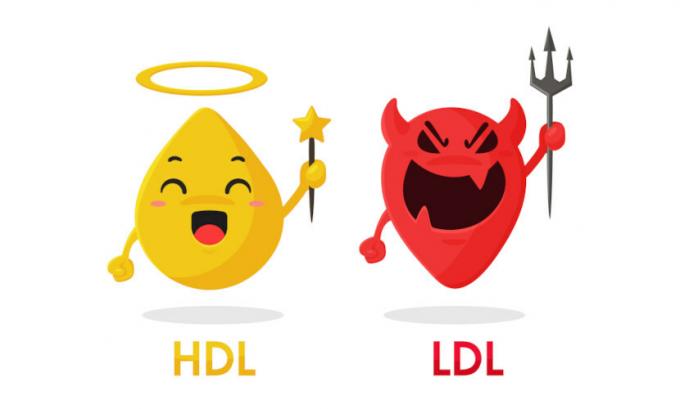O skeleton human is a structure formed by articulated bones that have several essential functions for the functioning of the body. Thanks to the skeleton and the muscles, we can move. In addition to this function, bones support tissue, protect our vital organs, act as a source of calcium, in addition to produce blood cells.
In total, we have 206 bones in an adult male. The upper limbs, including the shoulder girdle, have 64 bones, and the lower limbs, including the pelvic girdle, have 62 bones. The function of the shoulder girdle is to ensure that the upper limb attaches to the chest. The pelvic girdle supports the trunk and allows the connection of the lower limbs. Next, we'll look at the bones that make up our limbs.
→ Upper limbs
The upper limbs are formed by the shoulder girdle, which includes the collarbone and scapula, and the bones that make up the arm, forearm, wrist, and hand.
Arm: it is formed by a single long bone called the humerus.
Forearm:it is formed by two bones: the ulna and the radius.
Fish: The bones that form the wrist are called the carpal bones. They are short and total eight bones, which are arranged in two rows.
Hands: The palm of the hand has five bones called the metacarpal bones, which are numbered I through V. Each finger has three phalanges (proximal, middle, and distal phalanx), but the thumb has only two.

Note the name of the bones of our lower and upper limbs
→ Lower members
The lower limbs are formed by the pelvic girdle, thigh, knee, leg and foot. At pelvic girdle, it is possible to see two bones of the hip, which are joined posteriorly to the bone called the sacrum. Each hip bone is formed by three bones, which are fused into adults: the ilium, ischium and pubis.
Thigh: it is formed by the largest bone in the body, the femur.
Knee: it is formed by the patella, also known as the kneecap.
Leg: it is formed by two bones: tibia and fibula.
Foot:it has seven tarsal bones, five metatarsal bones and 14 phalanges (proximal, middle and distal bones II to V and proximal and distal bones in the hallux - greater toe).
By Ma. Vanessa dos Santos


